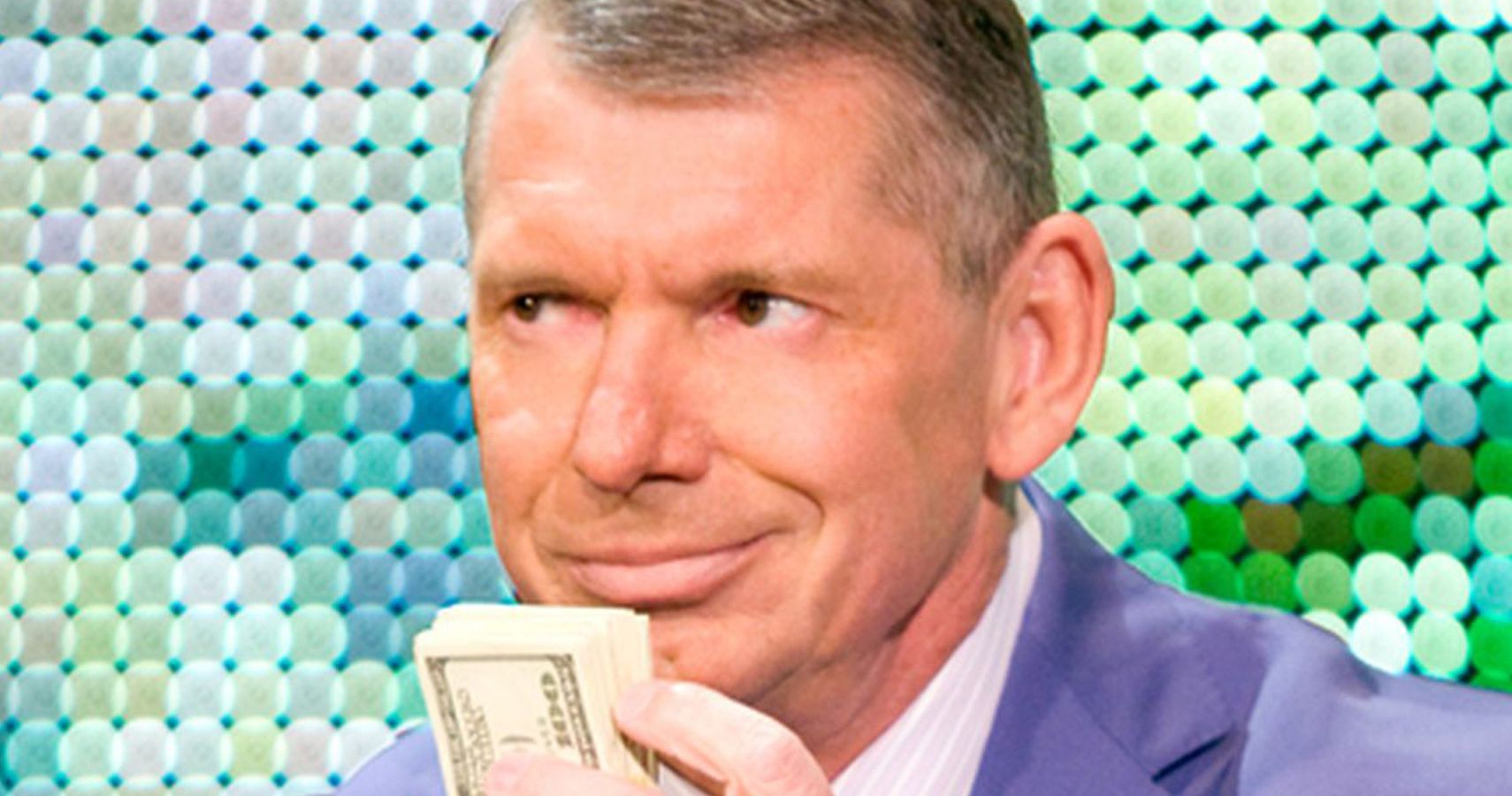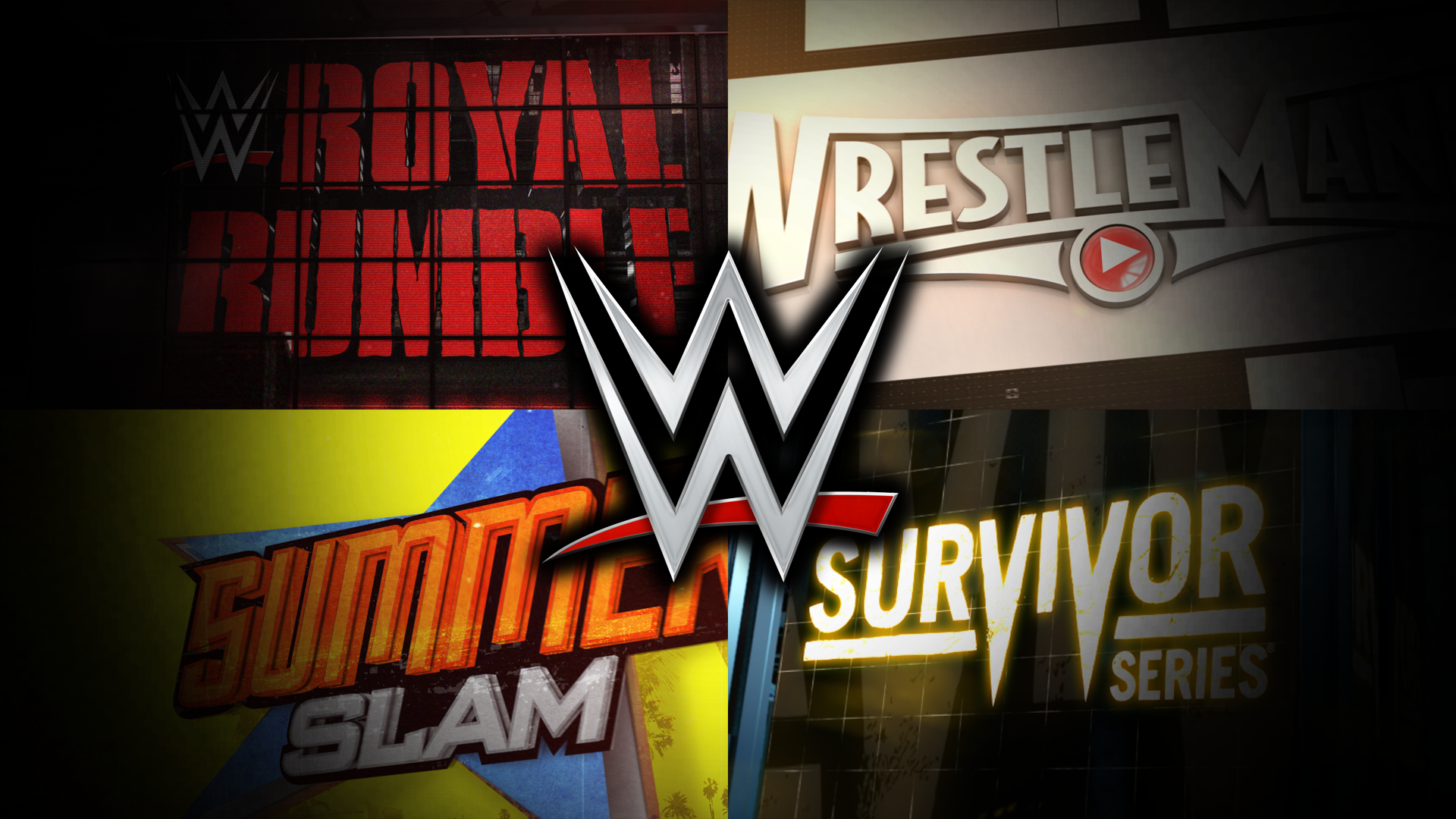Every year, WWE performs more than a dozen pay-per-views for their main event stars.
In contrast, the rival AEW promotion runs just four annually: Revolution, Double or Nothing, All Out and Full Gear. Even in 2019, their first year of operation, AEW decided to only run five.
Recently, AEW President and CEO Tony Khan offered a short and simple explanation as to why the company runs four PPV events per year:
"The three hours of television and our shoulder programming and developmental content is really a core focus for me and then the stories build up to the quarterly PPV events and it’s pretty exciting because the closer we get to the PPVs you can really feel the excitement building, these stories building, people can’t wait to see these big matches."
Obviously, WWE isn't about to significantly cut back on their pay-per-views, and this simply isnt' a suggestion that they should reduce to four annually. But it's not a bad idea for Vince McMahon and company to reduce the amount of pay-per-view events, nor would it hurt to follow the blueprint left by AEW.
Many WWE Pay-Per-Views Aren't Necessary At All
Just think about how much more anticipation AEW pay-per-views have compared to the majority of WWE pay-per-views. Simply look at All Out 2021, which ran on Sept. 5.
The card included CM Punk vs. Darby Allin, Kenny Omega vs. Christian Cage for the AEW World Championship, the 21-woman Casino Battle Royale and Chris Jericho vs. MJF. This pay-per-view was loaded with can't-miss matches, not to mention the debuts of Ruby Soho, Adam Cole and Bryan Danielson.
Now, think about some of the non-major WWE pay-per-views: Clash of Champions, Payback, Extreme Rules, Backlash, (WrestleMania Backlash this year), Fastlane, Elimination Chamber and others. What is the point of running all of these events when you know that many of them will feature zero surprises or major title changes?
Obviously, more pay-per-views = more money for WWE. But for marquee events like Royal Rumble, WrestleMania, Money in the Bank, SummerSlam, Survivor Series and TLC, you just don't need to sandwhich all of these smaller shows in between. This year, Elimination Chamber and Fastlane were performed between Royal Rumble and WrestleMania. One pay-per-view in that time frame would have sufficed.
It's hard for fans to get excited about specific pay-per-views and matches because unlike AEW, there isn't much time to build up matches for these shows. When you're running a PPV practically every month, it makes those matches feel less important and relevant.
Universal Champion Roman Reigns went from feuding with Kevin Owens to Daniel Bryan to Edge to Cesaro to John Cena to Brock Lesnar for pay-per-view events. Imagine if WWE was running a pay-per-view, say, every two months? That would give more time to build up marquee matches for top stars like Reigns, instead of having him just bounce from one feud to another. WWE could have had
The Ideal WWE Pay-Per-View Lineup
With all of that said, what would the ideal WWE pay-per-view lineup look like if they were to reduce their shows?
Obviously, the big four — Royal Rumble, WrestleMania, SummerSlam and Survivor Series — have to stay. WWE has a 10-year deal with Saudi Arabia that runs through 2017, so they'll continue to perform two shows their annually. Money in the Bank would definitely stay on, and the action-packed TLC event should be kept intact.
Ideally, WWE would cut down their schedule to around 10-12 pay-per-views annually. Royal Rumble runs in January, WrestleMania in April, Money in the Bank in June or July, SummerSlam in August, Survivor Series in November and TLC in December. WWE usually performs one of the two Saudi Arabia events in the spring or the summer, and the second one near the end of the year (Crown Jewel 2018 was in November, Crown Jewel 2019 in October).
So that's already eight shows covered. So ideally, WWE would choose to run no more than four other pay-per-views, although they could definitely get by with 10 or 11 annually.
One show between Royal Rumble and WrestleMania (in late February or early March), another in May or June (Extreme Rules, Backlash, Payback, etc.) and perhaps one more in either September or October before Survivor Series would make great sense.



